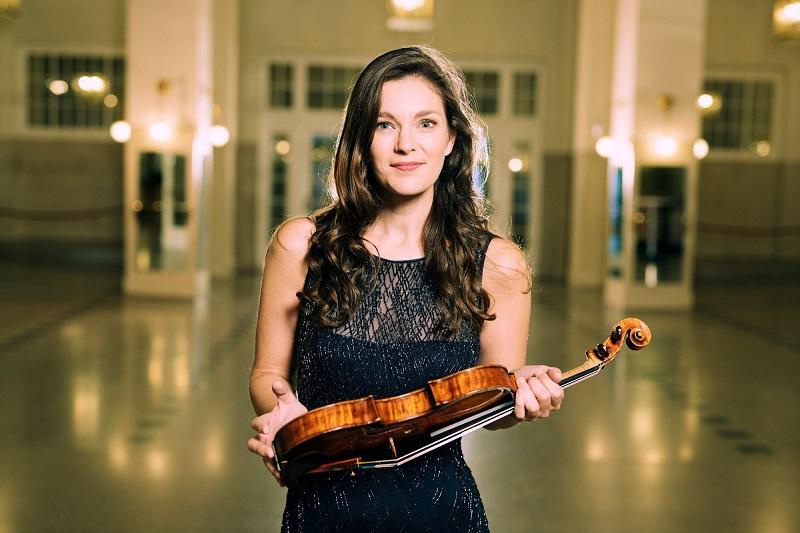This website uses cookies so that we can provide you with the best user experience possible. Cookie information is stored in your browser and performs functions such as recognizing you when you return to our website and helping our team to understand which sections of the website you find most interesting and useful.

VFCO / TAKÁCS-NAGY / JANSEN / GROSZ / FRÖST
Programme
ANNA CLYNE (1980–)
Concerto for clarinet and orchestra
Swiss premiere, co-commissioned by the Verbier Festival
WOLFGANG AMADEUS MOZART (1756–1791)
Sinfonia Concertante for violin, viola and orchestra in E flat major K. 364
Interval
JOHANNES BRAHMS (1833–1897)
Symphonie No. 3 in F major Op. 90
Distribution
- VERBIER FESTIVAL CHAMBER ORCHESTRA
- Gábor Takács-Nagy conductor
- Janine Jansen violin
- Amihai Grosz violin
- Martin Fröst clarinet
Mozart penned his sublime Sinfonia concertante for violin and viola in 1779 aged 23, when still in the stifling service of the Archbishop Colloredo of Salzburg, but also buzzing from the artistic inspiration received on a recent tour to Paris and Mannheim. Owing much of its wonderful colouring to the unusual decision to make a viola – an instrument Mozart loved playing himself – the violin’s entirely equal partner, it opens with an Allegro maestoso abounding in different melodic ideas, moves to a heartrendingly expressive Andante, and concludes with a joyous Rondo.
Brahms’s Third Symphony is both a mature work, and his shortest and most tightly thematic, written in a creative burst – in under four months – during the summer of 1883. It also feels particularly personal, when its three bold opening chords of F, A flat and F are a flat-darkened version of his own personal motto, “frei aber froh,” “free but joyful,” and will resurface repeatedly, the central A shifting between natural and darkened flat, while tonality flits between major and minor in spite of the overall F major key. It’s also notable that all four movements end quietly, much as the symphony doesn’t lack for forceful moments. The tension-rich first movement is followed by an Andante containing beautiful writing for the clarinet. The Poco allegretto’s wistful first theme is memorably handed to the cello section. The Finale’s drama then concludes with echoes of the very opening, newly serene.
